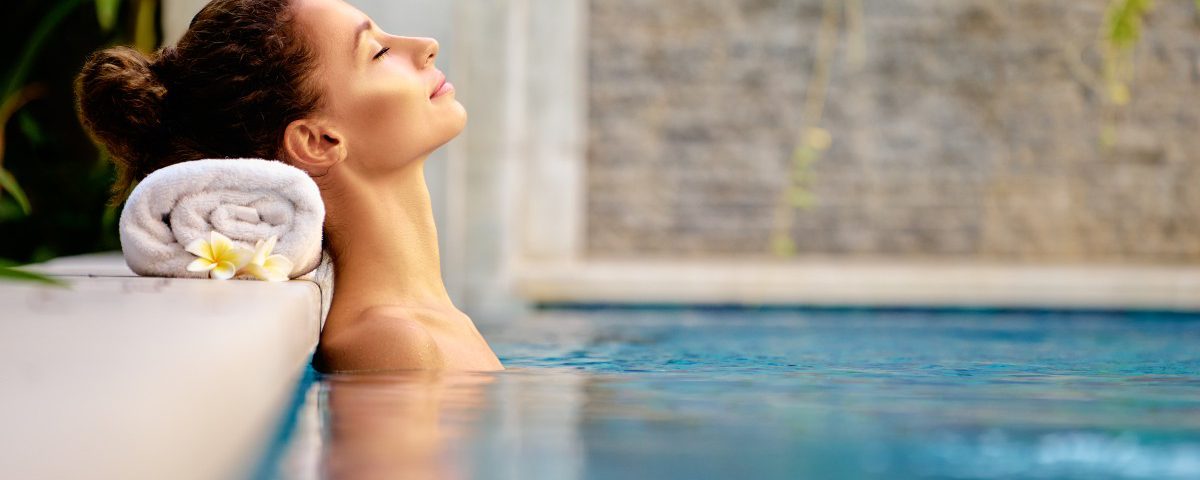Wellness and the pursuit of a holistic, healthy lifestyle has changed modern perceptions of beauty. In turn, this change has driven demand for wellness-led, functional products that enable consumers to integrate wellness into their everyday lives. More than ever, consumers are stepping away from quick fixes and cover-ups and turning to holistic solutions in the ultimate pursuit for well being.
Cherie Buziak, Founder, BeautyEdge LLC and technical advisor for in-cosmetics North America reveals how beauty brands can meet consumer wellness needs, and what marketers need to know.
Wellness. What does it mean to the consumer today? And how do we, as marketers and product designers respond to the wants and desires of today’s consumer that seeks balance and overall good health in their lives?
First, let’s look at the past to understand where wellness is in the present.
From 3,000 – 50 BC, ancient wellness included therapies like Ayurveda – one of the world’s oldest holistic healing systems – and traditional Chinese medicine, which combined more than 2,500 years of Chinese medical practice including various forms of herbal medicine, acupuncture, massage, exercise and dietary therapy.
Elsewhere in the world, the Greeks used diet to prevent sickness while the Romans did the same by combining diet with healthy living conditions.
In the 19th Century, wellness practices evolved to incorporate spiritual philosophies. This can be seen more specifically in the U.S. and Europe where several alternative, holistic healthcare methods including self-healing and preventive care grew in popularity, including homoeopathy, osteopathy, chiropractic, and naturopathy.
By the 1650s, the use of the word “wellness” was incorporated into the English language – meaning the opposite of “illness” or the “state of being well or in good health”.
By the 20th Century, the wellness movement had gained significant momentum. Wellness institutes were born with more serious attention given to one’s overall well being. In the U.S., government-sponsored programs began to promote healthier lifestyles. By 1990, the modern concept of wellness spread to Europe, where the German Wellness Association (Deutscher Wellness Verband, DWV) and the European Wellness Union (Europäischen Wellness Union, EWU) were founded.
The wellness industry continues to gain momentum in the 21st Century. The Global Wellness Institute revealed that in October 2018, the wellness economy grew from $3.7 trillion in 2015 to $4.2 trillion in 2017 – nearly twice the rate of the global economy (3.6 per cent annually). The report stated that wellness expenditures now equate to more than half of the total global health expenditures ($7.3 trillion), and the wellness industry represents 5.3 per cent of global economic output.
The report also outlined individual category values, with the personal care, beauty and anti-ageing sector topping the list with a total value of $1,083 billion; followed by healthy eating, nutrition and weight loss at $702 billion; wellness tourism at $639 billion; fitness and mind-body at $595 billion; and preventative and personalized medicine and public health at $575 billion.
Demonstrating the holistic approach
Clearly, wellness has come a long way since its inception, with the wellness economy continuing to mirror consumer priorities, with growing recognition of the critical impact of external environments on our health and well being. For example, well being can now also be seen in the buildings we live in, our social climates and the holistic benefits offered in the workplace.
According to Forbes, 89% of employees at companies that support well-being initiatives are more likely to recommend their company as a good place to work while 61% of employees agree that they have made healthier lifestyle choices because of their company’s wellness program.
No longer are we inspired to bring wholeness and healing to our physical bodies, now we consciously strive to heal our spirits, and our inner selves with the communities and world around us in a very mindful way.
With this information, what do consumers really want? It’s evident that they are seeking what we all strive to obtain; inner calm, positive behavioural change, a universal peace, togetherness and a sense of head to toe wellness that embodies healthy eating, healthy life choices and healthy minds. With this, consumers also want personal care and beauty products that complement a lifestyle focused on wellness.
Incorporating wellness
If a universal concept of wellness is defined, we as beauty marketers may need to change our thinking about how we create aspirational products to incorporate how our customers think, use and experience the products we develop. From fighting urban pollution, protecting skin from damaging blue lights or choosing toxin-free products, the quest for wellness and a healthier lifestyle is transforming consumer attitudes towards the beauty and personal care industries.
By increasing the crossover and collaboration with fitness and wellness companies, beauty and personal care brands can identify new distribution channels and expand their customer base.
Brands must factor in how the end-user interacts with the product and how it affects their home or work environment. Further to this, we must consider the types of work environments the consumer engages with in order to create products that enhance their well being and personal space – no matter the location.
If brands can focus on and streamline their products and messaging, they can stay relevant. It’s no longer enough for beauty brands to claim they are natural or enhance our well being. Modern consumers demand transparency and expect their favourite brands to accommodate their new wellness-minded attitudes. It’s time for the beauty industry and us as marketers to embrace this change and up our game.
Cherie Buziak, Founder, BeautyEdge LLC, will lead a session at in-cosmetics North America on ‘Beauty and beyond’ on Wednesday 23 October at 12:45 in the Marketing Trends Theater exploring product development opportunities in the age of gender neutral products and expressive beauty. For more information on the in-cosmetics North America 2019 education programme, visit: https://northamerica.in-cosmetics.com/en/education/cosmetics-marketing-trends/

